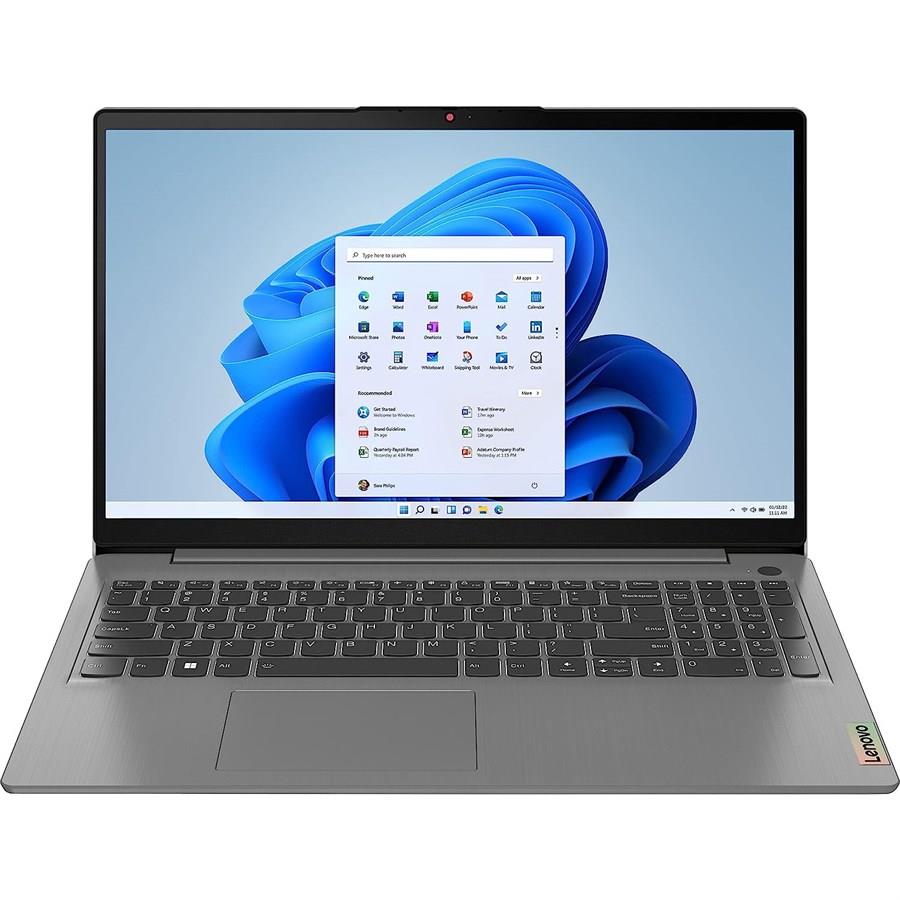
Introduction to E-Prescription Apps for Android
In recent years, the healthcare industry has increasingly embraced digital solutions to streamline operations and enhance patient care. Among these advancements, e-prescription apps for Android have emerged as a critical tool for healthcare professionals. These applications not only facilitate the electronic transmission of prescriptions but also improve overall efficiency in clinical workflows. With the ability to manage prescriptions right from their smartphones, healthcare providers can easily adapt to the growing demand for technology-driven solutions in patient management. To explore the breadth of these capabilities, healthcare professionals are encouraged to examine the options available for eprescription apps for android, which encompass a wide range of functionalities designed to improve the prescribing process.
Understanding E-Prescribing Basics
E-prescribing, short for electronic prescribing, is a method that allows healthcare providers to create and send prescriptions directly to pharmacies via electronic means. This approach eliminates the need for handwritten prescriptions, minimizing the risk of prescription errors due to illegible handwriting. Additionally, e-prescribing applications enable providers to review a patient’s medication history, potential drug interactions, and allergies, contributing to safer and more effective patient care.
At its core, e-prescribing integrates seamlessly with various healthcare systems, enabling healthcare providers to maintain comprehensive care and track medication compliance. These applications typically feature user-friendly interfaces, ensuring that even those less accustomed to technology can utilize the tools effectively.
Importance of E-Prescription in Modern Healthcare
The transition to e-prescribing is driven by a range of factors, not least of which is improved patient safety. Prescription errors are a significant concern within healthcare—studies indicate that a remarkable percentage of adverse drug events are linked to prescribing mistakes. E-prescribing applications minimize these risks through accurate data entry and validation checks. Moreover, they support the timely processing of prescriptions, reducing wait times for patients and improving the pharmacy workflow.
Furthermore, e-prescription systems promote enhanced communication between providers and pharmacists, ensuring that all parties are aligned when it comes to patient medication management. As legislation continues to support and incentivize the adoption of e-prescribing practices, its significance in modern healthcare continues to grow.
Overview of App Functionality
E-prescription apps for Android are designed with a plethora of features to streamline the prescribing process. Common functionalities include:
- Prescription Management: Create, send, and manage prescriptions securely through mobile devices.
- Medication History Access: Review patients’ medication histories and allergies to ensure safer prescribing practices.
- Pharmacy Integration: Directly communicate with pharmacies to facilitate swift prescription filling.
- Real-time Drug Interaction Checks: Monitor potential interactions between prescribed medications.
- User-Friendly Interface: Simplified navigation that allows for quick prescription generation.
As the technology evolves, so do the capabilities of these applications, leading to even more integrated and user-centered solutions in the world of e-prescribing.
Key Features to Look for in E-Prescription Apps for Android
User-Friendly Interface Enhancements
The usability of an e-prescription app is paramount for healthcare providers, many of whom may have varying levels of technological proficiency. A well-designed interface can make a significant difference in how effective an app is in a clinical setting. Look for features such as:
- Intuitive Navigation: Simple menus and a clean layout that avoids overwhelming users.
- Quick Prescription Creation: Streamlined processes that allow for rapid input of medications and dosages.
- Integrative Search: Search functionalities that make it easy to find medications and patient records quickly.
Investing time in training is also essential to ensure that all staff members can utilize the tool effectively. The best apps provide tutorials and support to help staff get up to speed quickly.
Integration with Electronic Health Records (EHR)
Seamless integration with EHR systems is a critical feature of e-prescription apps for Android. By connecting with EHRs, these apps allow for:
- Access to Patient Records: Real-time access to comprehensive patient information enables providers to make informed prescribing choices.
- Automated Updates: Any changes in patient status or medication can be immediately reflected across systems, improving communication.
- Efficiency in Workflow: Integration reduces the need for duplicate data entry and manual processes, significantly streamlining clinical workflows.
As healthcare environments increasingly adopt integrated systems, the necessity for e-prescription applications to work harmoniously with existing EHR platforms becomes ever more vital.
Security Measures and Compliance Standards
The importance of security cannot be understated in the realm of patient data. E-prescribing apps must adhere to strict regulatory standards, such as HIPAA, to ensure that patient information remains confidential and secure. Key security features to consider include:
- Data Encryption: Ensuring that data is encrypted both in transit and at rest, preventing unauthorized access.
- User Authentication: Multi-factor authentication to verify user identity before accessing sensitive information.
- Audit Trails: Comprehensive logging of user activity to track changes and access to patient records.
Implementing strong security measures not only protects patient data but also fosters trust between patients and healthcare providers, encouraging more comprehensive engagement with treatment plans.
Benefits of Utilizing E-Prescription Apps for Android in Practice
Improved Patient Medication Management
E-prescribing apps enhance medication management for both providers and patients. For healthcare professionals, these apps facilitate easier tracking of prescriptions and refills. For patients, it means greater clarity over their medication regimens and adherence. Key benefits include:
- Enhanced Adherence: Patients can receive reminders about refills, which promotes adherence to prescribed treatment plans.
- Clear Communication: Direct messaging functions with providers can clarify medication instructions and address concerns.
- Informed Decisions: Patients have access to their medication history, which can assist them in making informed choices about their healthcare.
Improved management of medications through such applications has the potential to significantly impact patient outcomes and satisfaction.
Reduction in Prescription Errors
One of the most compelling reasons for adopting e-prescribing technology is the marked reduction in prescription errors. Studies have shown that reliance on technology can decrease the rate of errors due to:
- Standardized Formats: E-prescribing uses standardized formats, ensuring that prescriptions are easily interpreted by pharmacists.
- Automated Error Checks: Systems can flag potential drug interactions, allergies, and excessive dosages before prescriptions are sent.
- Immediate Updates: Immediate feedback on medication availability and patient eligibility helps providers make informed prescribing decisions.
With errors being a leading cause of adverse drug events, e-prescribing apps offer a robust solution to enhancing patient safety within the healthcare system.
Streamlined Workflow for Healthcare Providers
Healthcare providers are continually faced with the challenge of managing growing patient volumes and maintaining high-quality care. E-prescribing apps significantly contribute to a streamlined workflow by:
- Reducing Administrative Burden: Automating prescription processes allows for more time to be spent on patient care rather than paperwork.
- Increasing Efficiency: Virtually instant communication with pharmacies facilitates faster turnaround times for prescriptions.
- Enhancing Collaboration: Improved communication channels between providers and pharmacies support collaborative patient management.
Ultimately, these apps help to create a more sustainable and productive healthcare environment.
Challenges When Implementing E-Prescription Apps for Android
Technological Challenges and Solutions
While the adoption of e-prescribing technology presents numerous benefits, healthcare providers may face various technological challenges. Common issues include:
- Integration Issues: Difficulties connecting new applications with existing EHR systems can hinder effective implementation. Solutions may include working closely with IT specialists during the setup phase.
- Interoperability Concerns: Different e-prescribing systems lacking compatibility can disrupt patient care. Opting for apps that follow industry standards ensures greater interoperability.
- Device Compatibility: Ensuring all users have compatible devices and internet access is crucial for smooth implementation. Providing the necessary hardware and training can mitigate this issue.
Overcoming these challenges requires planning and commitment but can lead to improved patient care and satisfaction in the long run.
User Resistance and Training Requirements
The shift to e-prescribing can also face resistance from staff members who may be hesitant to embrace new technology. Effective strategies to ease this transition include:
- Comprehensive Training Programs: Offering robust training sessions ensures that users are comfortable and confident in navigating e-prescribing apps.
- Change Management Strategies: Engage staff by involving them in the decision-making process and addressing their concerns with transparency.
- Continuous Support: Providing ongoing technical support can ensure any concerns are addressed promptly, reinforcing users’ confidence in the new system.
Ultimately, fostering a culture of openness to change will enhance overall adoption rates of e-prescribing solutions.
Cost Considerations for Practices
Integrating e-prescribing apps into clinical practice presents financial implications that require careful consideration. Costs can stem from:
- Software Licensing Fees: Many e-prescribing solutions come with subscription costs that could add to overall practice expenses.
- Implementation Costs: Investing in training, IT support, and hardware may incur initial financial burdens.
- Ongoing Maintenance Fees: Regular updates and system maintenance can also impact budgeting decisions.
However, the potential for improved operational efficiency, reduced errors, and enhanced patient satisfaction often outweighs the initial costs, making it a beneficial investment in the long run.
Future Trends in E-Prescription Apps for Android
Advancements in Telehealth Integration
As telehealth offerings expand, e-prescribing applications are becoming increasingly integrated with telehealth platforms. This trend facilitates a seamless patient experience, enabling providers to prescribe medications during virtual consultations efficiently. Key developments include:
- Real-Time Prescription Management: Providers can issue prescriptions immediately following virtual appointments, enhancing patient convenience.
- Expanded Provider Access: Patients can consult with various providers electronically, receiving prescriptions regardless of geographic barriers.
- Telehealth Engagement: Integrated systems foster a holistic approach to patient care by offering both consultations and medication management in one platform.
As telehealth abuse becomes more prevalent, e-prescribing applications must keep pace with technological advancements to enhance patient care and retention.
AI and Machine Learning in E-Prescribing
The application of AI and machine learning in e-prescribing is poised to transform predictive analytics and decision-making within healthcare. Potential benefits include:
- Personalized Drug Recommendations: AI can help tailor medication options based on individual patient profiles and historical data.
- Enhanced Safety Alerts: Machine learning algorithms can improve warnings regarding drug interactions and allergies, protecting patients from adverse events.
- Predictive Analytics: Utilizing patient data to predict medication adherence trends and adjusting treatment plans accordingly can lead to improved outcomes.
As technology progresses, the role of AI in e-prescribing will become more critical, driving innovation in patient medication management.
Expanding Features for Enhanced Patient Engagement
The future of e-prescription apps for Android will likely focus on enhancing patient engagement through additional features. Anticipated developments may include:
- Patient Education Resources: Including information about prescribed medications can empower patients to make informed decisions.
- Feedback Mechanisms: Collecting patient feedback through the app will allow healthcare providers to monitor satisfaction and improve service quality.
- Interactive Features: Implementation of tools that enable easier communication between patients and providers can enhance the overall user experience.
Investing in features that foster engagement will be crucial for the success of e-prescribing apps, as they promote patient loyalty and adherence to treatment.
Conclusion
As the landscape of healthcare delivery continues to evolve, e-prescription apps for Android stand at the forefront of enhancing patient care and operational efficiency within practices. With features that prioritize user experience, integration with EHR systems, and stringent security measures, these applications are essential tools for modern healthcare providers. Although challenges remain in terms of implementation and adoption, the potential benefits far outweigh the difficulties, making e-prescribing a worthwhile investment for any practice. As technology continues to advance, the possibilities for e-prescribing apps will expand even further, solidifying their role as critical components in the future of patient care.





